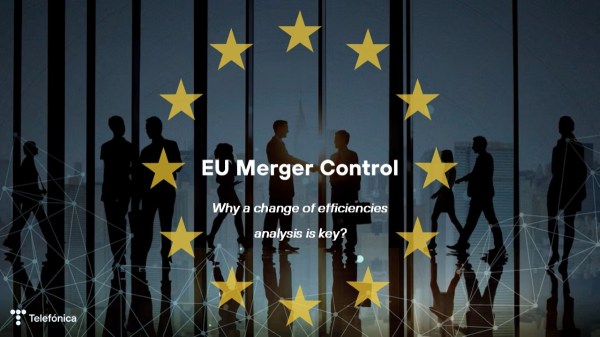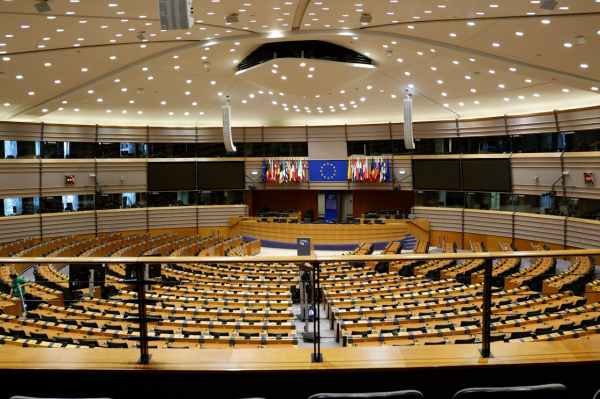A Dialogue for Digital Inclusion at the Latin American Congress on Digital Transformation (CLTD) and Mobile 360 Latin America
After three years in which the pandemic imposed restrictions on sharing events, this year we celebrated the return to being present at the most important forums organised by the leading sectoral associations: the Latin American Digital Transformation Congress (CLTD) and Mobile 360 Latin America, organised by ASIET, CAF – Development Bank of Latin America, GSMA, in coordination with the Federal Telecommunications Institute in Mexico City.
In this forum, conceived to discuss public policies to connect us to the digital future of Latin America, Telefónica Hispanoamérica highlighted its commitment to contribute to digital inclusion and the importance of assuming a new model to expand connectivity to the less favoured and rural areas of the region that still do not have internet access.
Partnerships and infrastructure sharing as a trend
To fulfil the dream of this new model, focused on innovation, cooperation and sustainability, it is of great importance to develop business models based on partnerships and infrastructure sharing, which will bring users closer to the tools offered by the digital world, such as online education, teleworking and telemedicine.
Sharing is not a novelty, it is already a trend. At Telefónica we have promoted infrastructure sharing in fixed and mobile networks, developing projects in different countries in the region. That is why we see it as an initiative for the 45 million people who do not have access to the Internet because they live in rural or remote areas.
The Rural Manifesto model
It is in this scenario that a few days ago, Telefónica Hispanoamérica presented the model called Manifiesto Rural, which aims to fulfil the dream of promoting digital inclusion, especially in the most remote areas, in a sustainable way. The Rural Manifesto brings an innovative proposal to fully connect the rural areas of Latin America, joining public and private efforts under a collaborative approach, and focusing on this new model that revolves around three main axes: innovation, cooperation and sustainability.
Reasonable spectrum policies for the development of connectivity
Another of the key points made during the two days of the congress, which was particularly relevant in many of the spaces we shared and which the Rural Manifesto also reflects, is that in order to expand connectivity and improve mobile services in the region, it is imperative to have reasonable spectrum cost policies. GSMA reports show a correlation between the cost of spectrum and the development of connectivity and quality of service. Hence the importance of setting an appropriate spectrum cost, looking at the reality of the industry, because in most countries spectrum costs are not in line with the reality we face in the different markets, where spectrum needs are much higher and there is a contraction of revenues.
In this sense, spectrum prices should favour infrastructure investments and business sustainability. To this end, it is essential that operators have predictable conditions that have been defined sufficiently in advance to provide certainty in investment decision-making, prioritising the public policy objectives of extending the network to provide coverage and services to people. The vision should be to conceive spectrum as a public good and as a key element for developing connectivity. The true value of spectrum occurs when there is investment in infrastructure that makes it useful.
Fostering digital inclusion in a sustainable way is a shared dream that we have fulfilled at Telefónica
Years ago, at Telefónica we began to devise a model that would bring connectivity to underserved areas so that no one would be left behind, and we realised that this was a shared dream. Together with Meta (Facebook), IDB Invest and CAF, in 2019, we created the company ‘Internet for All’ (IPT) in Peru. Today we can say that this dream is a reality: in 3 years of operations, ‘Internet Para Todos‘ already offers 4G connectivity to nearly 3 million people living in remote locations.
The need for enabling a regulatory framework
But in order to make this model replicable, it is key that regulation is an enabler rather than an obstacle and, to this end, it must be designed in such a way that it promotes innovation at all levels and is adapted to the reality of the market and the particularities of each area.
High-capacity, resilient telecommunications networks with extensive coverage are essential to achieve the digital transformation of societies and economies in order to improve the quality of life of citizens. This dream on the way can become a reality at the regional level with the support of an adequate regulatory framework and the implementation of projects that make it possible. With ‘Internet For All’, we have shown that we have the model and it is possible to implement it; and with recent decisions that have been taken in the region, such as the case of reducing spectrum costs by up to 80% in Ecuador, we remain optimistic that we are on the right path to fulfil the dream of leaving no one behind.









